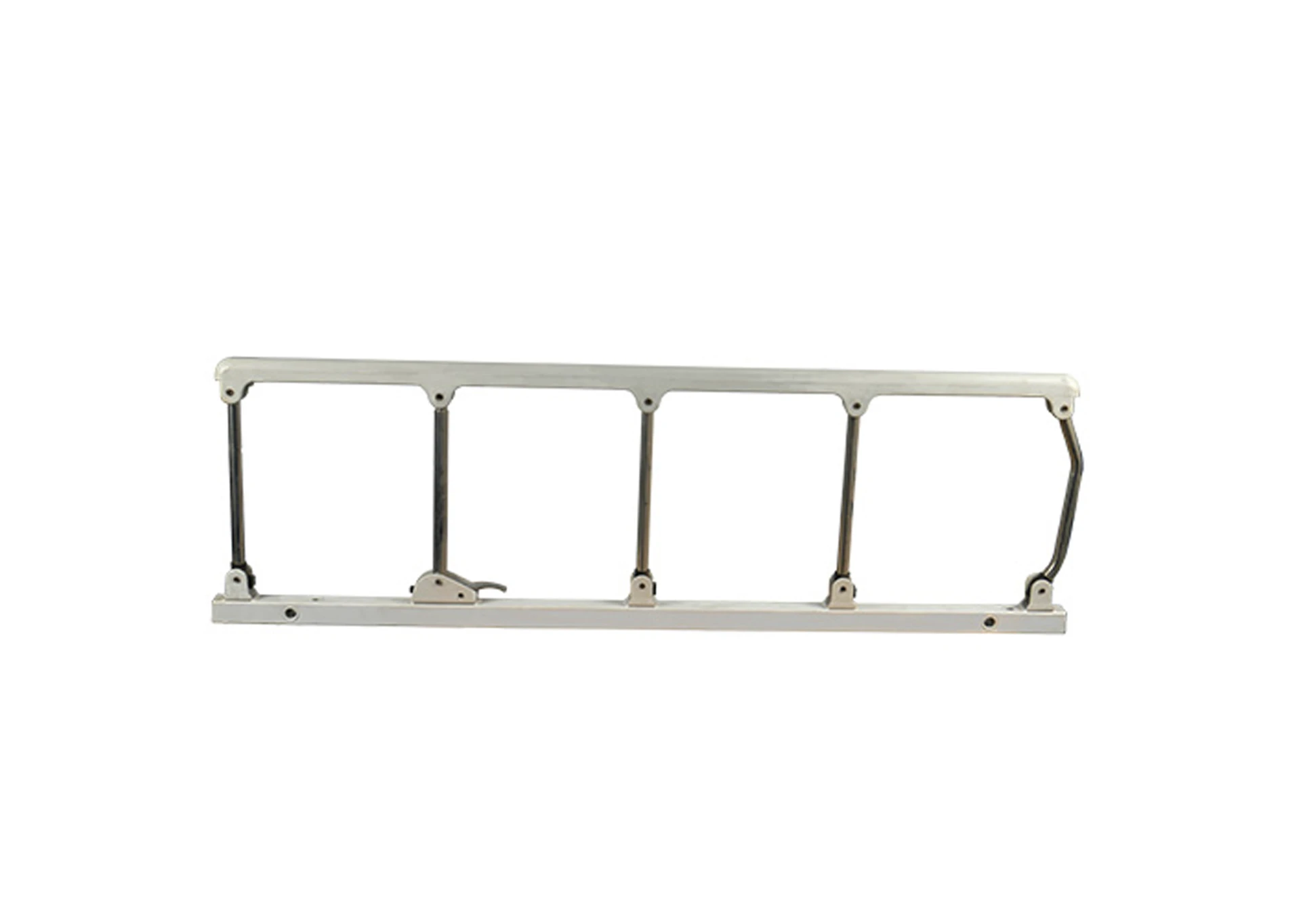Welcome to our websites!
Hospital Automatic Bed Prices Durable, Adjustable & Affordable
- Understanding the Market Dynamics of Hospital Automatic Bed Pricing
- Key Technological Advancements Driving Modern Automatic Beds
- Comparing Leading Manufacturers: Features vs. Costs
- Customization Options for Diverse Healthcare Needs
- Real-World Applications: Efficiency Gains in Hospitals
- Budgeting Strategies for Optimal Investment
- Future Trends Impacting Hospital Automatic Bed Price

(hospital automatic bed price)
Understanding the Market Dynamics of Hospital Automatic Bed Pricing
The global demand for hospital automatic beds has surged by 18% annually since 2020, driven by aging populations and advancements in healthcare infrastructure. Pricing varies significantly based on automation levels, materials, and regional regulations. For instance, semi-automatic models average $2,500–$4,000, while fully automatic hospital bed prices range from $6,000 to $12,000. Factors like load capacity (300–500 lbs), motor type (DC vs. AC), and IoT integration further influence costs. Hospitals prioritizing long-term ROI increasingly opt for advanced models, despite higher upfront expenses, due to 30% lower maintenance costs over five years.
Key Technological Advancements Driving Modern Automatic Beds
Modern automatic hospital beds incorporate brushless motors, reducing energy consumption by 22% compared to traditional systems. Pressure redistribution surfaces, powered by AI-driven sensors, minimize bedsores by 40% in critical care units. Additionally, modular designs allow seamless integration with EHR systems, streamlining patient data management. Manufacturers like Hillrom and Stryker now embed predictive maintenance algorithms, cutting downtime by 50% and extending bed lifespans to 10–15 years. These innovations justify the premium in automatic hospital bed price while enhancing clinical outcomes.
Comparing Leading Manufacturers: Features vs. Costs
| Brand | Model | Price Range | Max Load | Key Features | Warranty |
|---|---|---|---|---|---|
| Hillrom | Progressa | $8,200–$11,500 | 450 lbs | Smart Surface Tech, EHR Integration | 5 years |
| Stryker | InTouch ICU | $7,800–$10,900 | 500 lbs | Wireless Controls, Pressure Mapping | 4 years |
| Invacare | CS7 | $5,600–$8,400 | 400 lbs | Dual-Motor System, Low Profile | 3 years |
Customization Options for Diverse Healthcare Needs
Hospitals can tailor beds to specific departments—pediatric, bariatric, or ICU—with adjustable width (35″–48″) and height (15″–24″). Upgrading to antimicrobial coatings adds $1,200–$1,800 per unit but reduces HAI risks by 33%. For psychiatric wards, manufacturers offer reinforced frames and tamper-proof controls at a 15% price premium. Modular accessories like IV poles or built-in scales further enhance functionality, with customization impacting the final automatic hospital bed price by 10–25% depending on complexity.
Real-World Applications: Efficiency Gains in Hospitals
Mass General Hospital reported a 19% reduction in nurse turnover after deploying 120 fully automatic beds with one-touch repositioning. Similarly, Cleveland Clinic saved $420,000 annually in labor costs by integrating beds with nurse call systems, reducing response times by 26%. Post-surgical units using smart beds saw a 31% drop in patient falls, validating the ROI of higher initial automatic hospital bed price points. These cases highlight how automation translates to measurable financial and operational benefits.
Budgeting Strategies for Optimal Investment
Hospitals should evaluate total cost of ownership (TCO), factoring in energy use ($180–$300/year), staff training ($500–$1,000/unit), and warranty extensions. Leasing options from vendors like Agiliti Health provide flexibility, with monthly rates starting at $200 for semi-automatic models. Bulk purchases of 50+ units often secure 12–18% discounts, while trade-in programs recover 20–30% of legacy bed costs. Financing through HTA (HealthTech Alliance) offers 0% APR for 36 months, easing budget constraints tied to automatic hospital bed price.
Future Trends Impacting Hospital Automatic Bed Price
By 2028, 65% of automatic beds are expected to incorporate AI-driven diagnostics, potentially increasing prices by 8–12%. However, economies of scale from mass production could offset this, with analysts predicting a 7% annual price decline for base models. Regulatory shifts, like FDA’s Class II device reclassification, may streamline approvals but add compliance costs. Sustainability mandates will also drive adoption of recyclable alloys, impacting material costs but aligning with ESG goals. Proactive planning ensures hospitals navigate these variables without compromising care quality.

(hospital automatic bed price)
FAQS on hospital automatic bed price
Q: What factors influence the cost of a fully automatic hospital bed?
A: The price of a fully automatic hospital bed depends on features like motorized adjustments, weight capacity, material quality, and brand. Advanced models with IoT integration or pressure-relief systems typically cost more. Prices generally range from $2,000 to $10,000+.
Q: How does an automatic hospital bed price compare to manual models?
A: Automatic hospital beds are significantly more expensive than manual ones due to motorized components and electronic controls. Manual beds may cost $500-$1,500, while automatic beds start around $2,000. Higher-end models with specialized features escalate the price further.
Q: What is the average price range for a premium fully automatic hospital bed?
A: Premium fully automatic hospital beds, designed for critical care or bariatric patients, often range from $8,000 to $15,000. These include features like advanced positioning, built-in scales, and infection-resistant materials. Customizable configurations may increase the cost.
Q: Are there affordable options for automatic hospital beds under $3,000?
A: Yes, basic automatic hospital beds with essential motorized adjustments (e.g., height, headrest, footrest) start around $2,000-$3,000. These are suitable for home care or light clinical use but lack advanced features like multi-axis tilting or smart sensors.
Q: Why do automatic hospital bed prices vary across suppliers?
A: Price variations arise from differences in manufacturing standards, warranty terms, and included accessories (e.g., side rails, IV poles). Bulk purchases from hospital equipment wholesalers often reduce per-unit costs compared to retail suppliers.
-
Transforming Healthcare with Hospital FurnitureNewsJun.24,2025
-
Rehabilitation EquipmentNewsJun.24,2025
-
Mobility and Independence with WheelchairsNewsJun.24,2025
-
Freedom of Mobility with Our Rollator WalkersNewsJun.24,2025
-
Comfort and Independence with Commode ChairsNewsJun.24,2025
-
Bathing Safety and Independence with Shower ChairsNewsJun.24,2025
-
Navigating the Wholesale Landscape of Electric Mobility Solutions: Key Considerations for Power Wheelchair DealersNewsJun.10,2025











